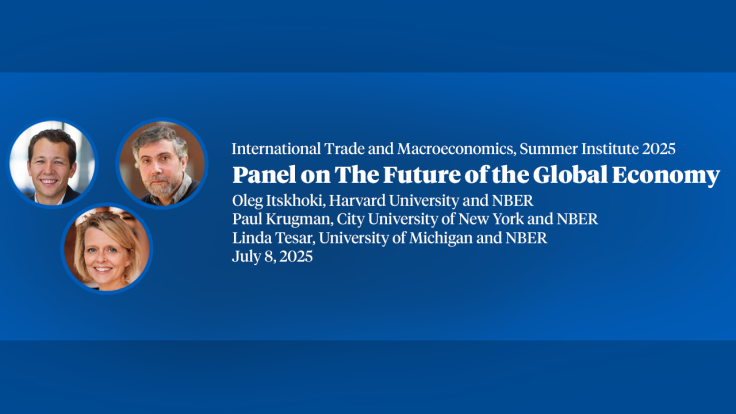The Value of Banking Relationships
Commercial banking is an industry in which long-term, nonexclusive relationships between bankers and their borrowers are governed by short-term contracts. This paper documents the nature of bank-borrower relationships in a historical setting. We use a new dataset of 55,000 loans to 10,000 unique borrowers over 35 years in the mid-nineteenth century. Two-way fixed effects models reveal that a one standard deviation increase in the number of previous loans leads to an increase in loan size by 4.72%. A one-year increase in the duration of a relationship leads to an increase in loan size of 5.6%. Relationships have small effects on loan rates, but substantial effects on collateral. Borrowers with relationships with competing banks receive substantially smaller loans. Propensity score matching reveals that banks learn about borrowers early in the relationship. Finally, the bank severed relationships with about half of the borrowers who defaulted on a loan. A surviving relationship becomes more valuable after default.
-
-
Copy CitationHoward Bodenhorn and Youwei Xing, "The Value of Banking Relationships," NBER Working Paper 34422 (2025), https://doi.org/10.3386/w34422.Download Citation


